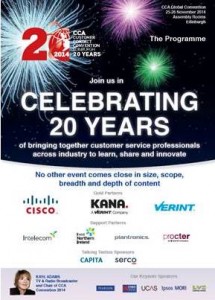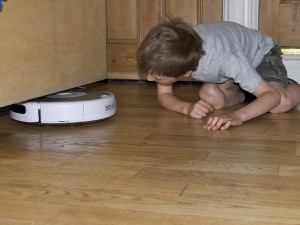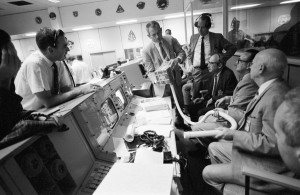 There is a Future of Work event taking place this week, so I will add my remarks to this field of discussion. It is important to keep perspective and recognise that in this race between computers and people – people need to win. It is key that we find the things that humans are really good at, to make our pitch for the long term.
There is a Future of Work event taking place this week, so I will add my remarks to this field of discussion. It is important to keep perspective and recognise that in this race between computers and people – people need to win. It is key that we find the things that humans are really good at, to make our pitch for the long term.
The work environment is changing. More than 1 billion people will work virtually this year; mobile will extend its dominant position; artificial intelligence and robots could automate 40% of jobs within 20 years. Those most at risk include security guards and financial advisers, but just about every clerical and administrative role is at risk.
Technology is pervading every work environment and so people have to take charge of their careers and re-skill and up-skill themselves for the next role or project in hand. Everyone has to be responsible for their own development.
For the lower skilled or those starting out, I am concerned. There will be fewer job opportunities and weakened job security for them, plus how do they take their first step on the work-progress-skills cycle?
With the need for lower-skilled roles drying up, the most worrying paradox is that we are struggling to fill jobs at a time when we have a record number of people available to fill them. The mismatch shows no signs of abating and parts of Europe have very high unemployment rates for young people. We need to do something about it and give everybody a chance.







